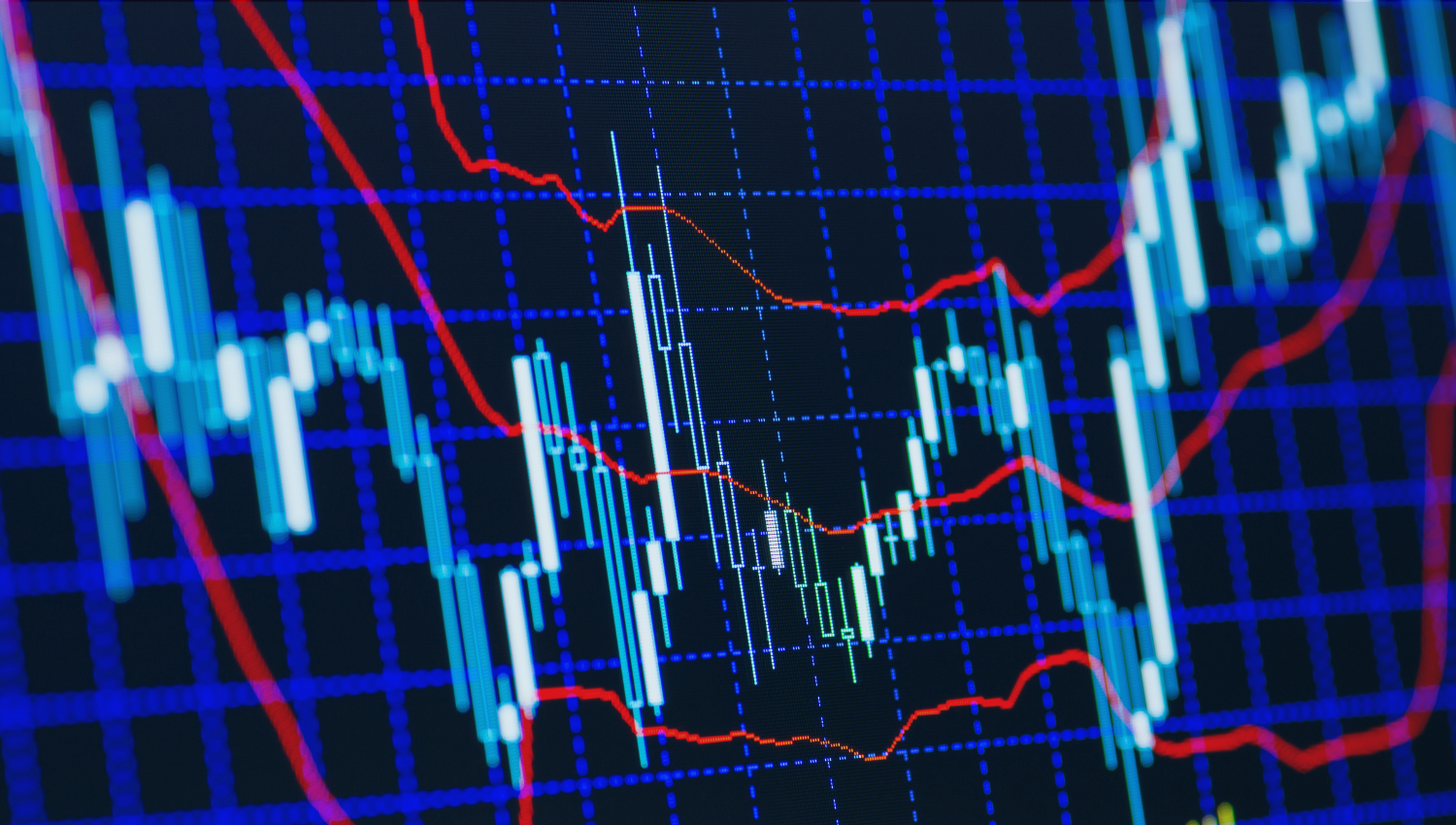Market Stability and Return Characteristics: EUR/USD vs. Commodity-linked Currencies

Introduction
Foreign exchange markets have always played a pivotal role in the world economy, and the EUR/USD currency pair is one of the most widely traded pairs globally. On the other hand, commodity-linked currencies, often referred to as “commodity currencies,” are primarily influenced by the prices of major commodities on which their respective economies heavily depend. In this article, we will delve into the market stability and return characteristics of the EUR/USD compared to those of commodity-linked currencies.
EUR/USD: Stability Derived from Economic Powerhouses
- Underlying Economies: The Euro and the US dollar represent two of the largest and most influential economies in the world. Their combined economic activities result in a high trading volume, granting the EUR/USD pair significant liquidity.
- Return Characteristics: Historically, the EUR/USD pair has shown more stable returns when compared to commodity currencies. While there are periods of volatility, especially during economic downturns or major geopolitical events, the deep liquidity and the robustness of the underlying economies generally mean less drastic fluctuations.
- Interest Rate Differentials: Monetary policies, especially interest rate decisions by the European Central Bank (ECB) and the Federal Reserve, play an essential role in influencing the EUR/USD movements. Differences in interest rates can attract or repel foreign capital, causing changes in currency demand.
Commodity-linked Currencies: A Dependence on Global Commodity Demand
- Primary Examples: Currencies like the Australian dollar (AUD), Canadian dollar (CAD), and the Norwegian krone (NOK) are prime examples of commodity currencies. Their economies are heavily tied to commodities like iron ore, oil, and minerals.
- Price Volatility: Commodity prices are prone to cycles of booms and busts, influenced by global demand, geopolitical tensions, and supply disruptions. Consequently, the currencies linked to these commodities can be quite volatile, reflecting the changes in commodity prices.
- Return Characteristics: Commodity currencies can offer higher returns, especially during commodity booms. However, they also present higher risks due to their sensitivity to commodity price swings. For instance, a sudden drop in oil prices can significantly impact the CAD or NOK.
- Exposure to Global Events: Events like global economic slowdowns or a drop in Chinese demand for minerals can have a direct impact on commodity prices and, by extension, on commodity currencies. This exposure can lead to periods of extreme volatility, especially when contrasted with more stable pairs like EUR/USD.
Comparing Stability and Returns
- Liquidity and Depth: EUR/USD, because of its sheer trading volume and the size of the underlying economies, often boasts more depth and liquidity. This can translate to more stability, especially in turbulent market conditions.
- Potential for High Returns: While the EUR/USD might offer more stability, commodity currencies can present more lucrative opportunities during commodity upswings. Investors seeking higher returns might be tempted by commodity currencies, but they must also be prepared for higher volatility.
- Risk Management: For traders and investors, understanding the differing risk profiles is crucial. While hedging strategies might be effective for EUR/USD, those trading in commodity currencies might need to employ more dynamic risk management tactics to account for the potential price swings.
Conclusion
The choice between trading EUR/USD and commodity-linked currencies largely depends on one’s risk appetite and market outlook. While the former offers stability derived from the strength of the underlying economies, the latter offers potential for higher returns, albeit with increased volatility. As always, thorough research and risk management are essential when navigating the dynamic world of forex trading.

